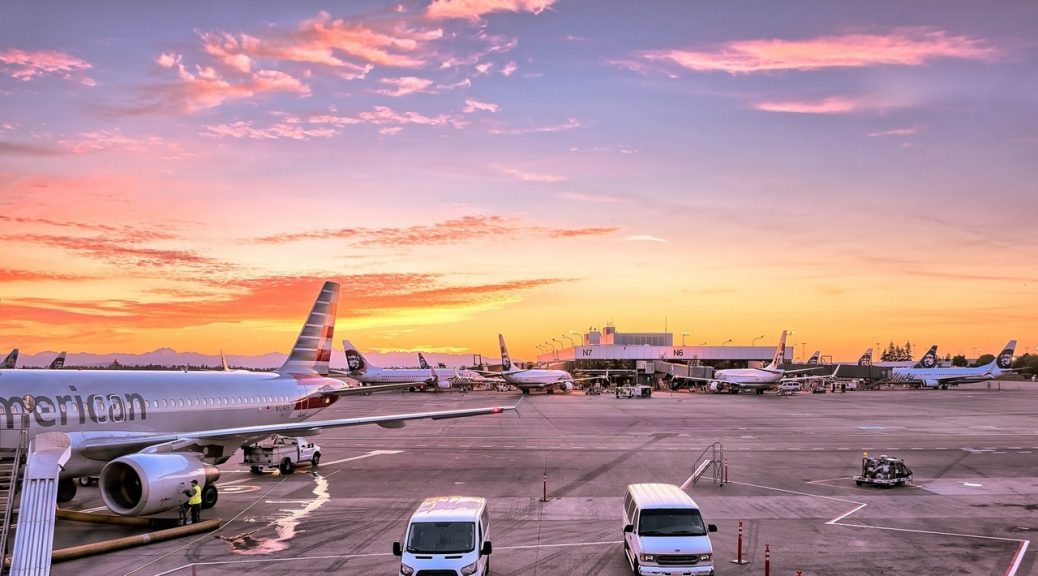Our industry celebrated a quiet yet potentially very important milestone recently: in April, Electronic Air Waybill (e-AWB) penetration finally passed 50%. Figures released by IATA suggest that the industry processed more than 730,000 of the digital documents – up 1.3% on March’s figures. There’s still a way to go to hit IATA’s target of 62%, but the achievement is still a significant one.
A paperless future
Before we look at why, it’s worth looking again at the context around the introduction of the Electronic Air Waybill (e-AWB). The electronic documentation effectively replaces its paper counterpart – the Air Waybill (AWB) – which is essentially the contract of carriage agreed between the shipper and the airline. Changing the documentation is a key part of IATA’s industry-wide e-freight programme – which aims to make the entire transportation process for air cargo paperless. The idea is to do this through both regulatory and technological routes – and it’s fair to say that IATA has been extensively pushing the use of e-AWB recently.
Industry-wide
When you consider that a single shipment can generate 30 different paper documents, clearly removing paper from this particular part of the process is critical and goes a long way towards achieving IATA’s 100 per cent e-freight vision. Other targets for IATA include eliminating paper document use from customs processes, as well as other transport paperwork and commercial or special cargo documentation.
An impressive start
A number of airlines and freight forwarders had particular cause to celebrate in April – both Kenya Airways and Flydubai used e-AWBs to process all of their air waybills, while Cathay Pacific and Delta Air Lines were not far behind, with 80.5 and 74.7% respectively. And it wasn’t just the airlines – freight forwarders Expeditors processed 69.4% of waybills electronically, while Hellmann Worldwide and Schenker were on 67.9% and 62.5%.
Something to build on
Ignazio Coraci comments: “The industry has made slow but steady progress on reducing the amount of paper created in our processes. It’s now vitally important that we build on this positive start to ensure that the entire system, end-to-end, becomes paperless.”
